ORTHOPAEDIC, PENNHIP, SOFT TISSUE, DENTAL & BOAS SURGERY
The Vets at Illawarra Animal Hospital have a special interest in Orthopaedic, PennHip (JPS), Soft Tissue, Dental and Brachycephalic Obstructive Airway Syndrome(BOAS) Surgeries.
ORTHOPAEDIC PET SURGERY
The Vets at Illawarra Animal Hospital have a special interest in Orthopaedic, PennHip (JPS), Soft Tissue, Dental and Brachycephalic Obstructive Airway Syndrome(BOAS) Surgeries.
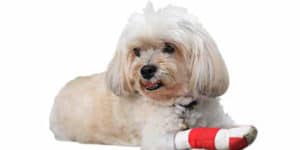
ORTHOPAEDIC SURGERY
Orthopaedic surgeries occur when our pets injure their bones, joints and/or ligaments through an accident, trauma, during play or due to degenerative problems. Our Team regularly perform a range of orthopaedic surgeries including:
TPLO for Cranial Cruciate Ligament Tears
Fracture repairs
Dislocated Knee Caps – Luxating Patella
Femoral Head Ostectomy – Hip
Other techniques for Cruciate Ligament Rupture – TTA, DeAngelis
Ligament and tendon tears
Arthroscopy — elbow dysplasia and meniscal tears
Just like after human surgery, animals recover quicker and ultimately have better functional outcomes with less discomfort when rehabilitation programs are well designed and executed.
Following surgery our orthopaedic surgeons and rehabilitation vets & therapists work as a team in the post-surgery treatment of your pet. Our purposely designed post-surgery rehabilitation treatment protocols are based on the latest, best practice approach to rehabilitation and will get your pet on the road to recovery faster. Rehabilitation follows all our orthopaedic surgeries where appropriate.
If your dog shows any sign of lameness, limping or injury it is important to seek veterinary advice.
ORTHO/REHAB CASE STUDY
PET SURGERY & REHAB
ORTHOPAEDIC, PENNHIP, SOFT TISSUE, DENTAL & BOAS SURGERY
Orthopaedic surgeries occur when our pets injure their bones, joints and/or ligaments through an accident, trauma, during play or due to degenerative problems. Our team regularly perform a range of orthopaedic surgeries including:
TPLO for Cranial Cruciate Ligament Tears
Fracture repairs
Dislocated Knee Caps – Luxating Patella
Femoral Head Ostectomy – Hip
Other techniques for Cruciate Ligament Rupture – TTA, DeAngelis
Ligament and tendon tears
Arthroscopy — elbow dysplasia and meniscal tears
Just like after human surgery, animals recover quicker and ultimately have better functional outcomes with less discomfort when rehabilitation programs are well designed and executed.
Following surgery our orthopaedic surgeons and rehabilitation vets & therapists work as a team in the post-surgery treatment of your pet. Our purposely designed post-surgery rehabilitation treatment protocols are based on the latest, best practice approach to rehabilitation and will get your pet on the road to recovery faster. Rehabilitation follows all our orthopaedic surgeries where appropriate.
If your dog shows any sign of lameness, limping or injury it is important to seek veterinary advice.
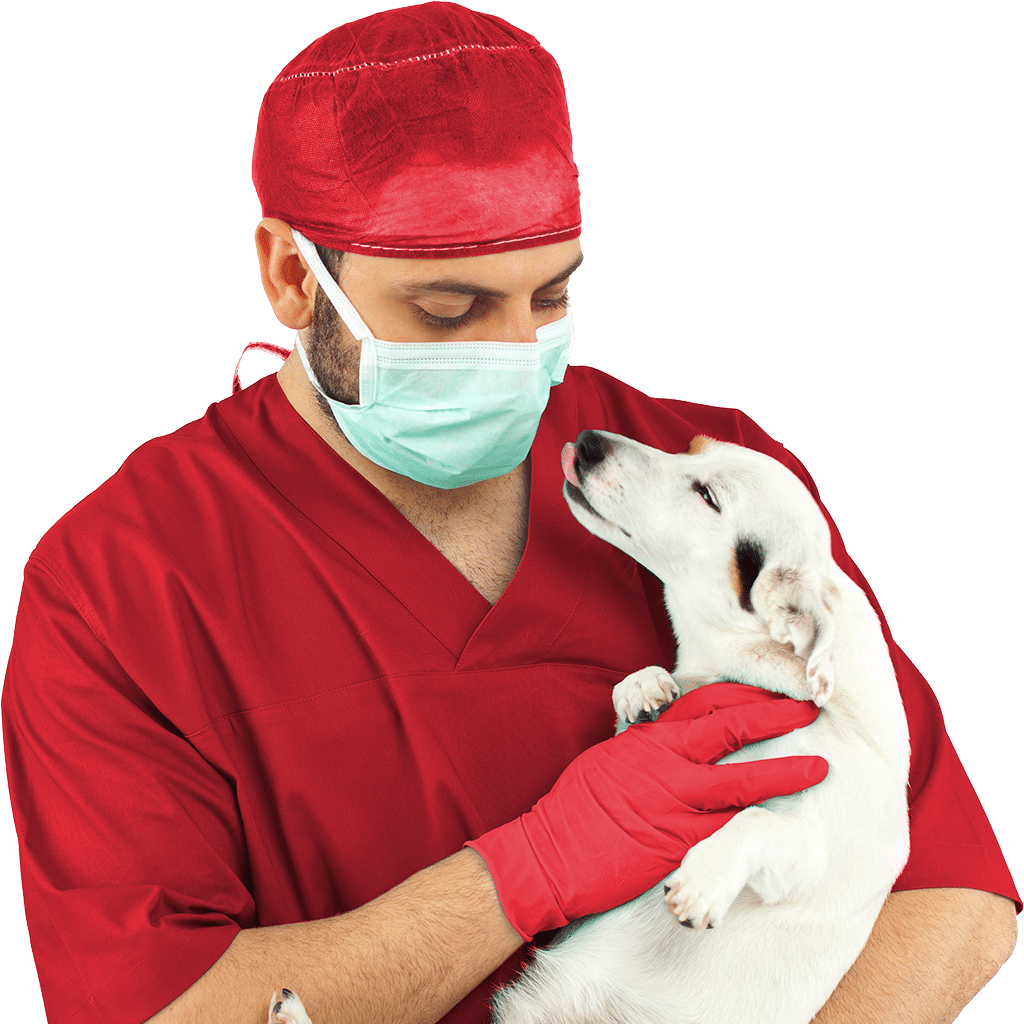
ORTHOPAEDIC SURGERY
Orthopaedic surgeries occur when our pets injure their bones, joints and/or ligaments through an accident, trauma, during play or due to degenerative problems. Our team regularly perform a range of orthopaedic surgeries including:
TPLO for Cranial Cruciate Ligament Tears
Fracture repairs
Dislocated Knee Caps – Luxating Patella
Femoral Head Ostectomy – Hip
Other techniques for Cruciate Ligament Rupture – TTA, DeAngelis
Ligament and tendon tears
Arthroscopy — elbow dysplasia and meniscal tears
Just like after human surgery, animals recover quicker and ultimately have better functional outcomes with less discomfort when rehabilitation programs are well designed and executed.
Following surgery our orthopaedic surgeons and rehabilitation vets & therapists work as a team in the post-surgery treatment of your pet. Our purposely designed post-surgery rehabilitation treatment protocols are based on the latest, best practice approach to rehabilitation and will get your pet on the road to recovery faster. Rehabilitation follows all our orthopaedic surgeries where appropriate.
If your dog shows any sign of lameness, limping or injury it is important to seek veterinary advice.

ORTHO/REHAB CASE STUDY
SURGERY & REHAB
PENNHIP & JPS SURGERY
HIP DYSPLASIA
Hip dysplasia refers to the anatomical misalignment of a dog’s hips. Dogs with dysplastic hips experience the head of the femur (thigh bone) luxating out of the acetabulum, or rim of their pelvis as they walk. This is a common problem in dogs that creates pain and cartilage wear in their hips. Sadly many of these dogs experience early onset arthritis by the age of 2 years! For others it creeps up on them a little slower but either the way joint pain associated with degradation of the cartilage can be debilitating. These dogs can walk with a waddle, be slow to rise, have reduced hip range of motion, move slower than they used to, yelp randomly and may appear lame or sore after exercise.
Any dog can have hip dysplasia and suffer subsequent arthritis, however, some of the more common breeds we see at Illawarra Animal Hospital with hip dysplasia include Labradors, German Shepherds, French Bulldogs, Newfoundland, Mastiffs, Golden Retrievers and Labradoodles.
PENNHIP
Illawarra Animal Hospital is the only PennHIP accredited vets in the Illawarra.
We can take very high-quality images with our latest generation x-ray equipment using the PennHIP technique and send these x-rays digitally to a specialist radiologist. We’ll have a report back to you within 5 days advising your dogs distraction index (DI), a measure of hip laxity. The report will compare your dog‘s hips to other dogs of the same breed all over the world helping you to make informed decisions. PennHIP x-rays can be taken from 16 weeks facilitating early decisions. PennHIP is beneficial for Breeding Dogs, Puppies and Adult dogs with Hindlimb Pain, Hip Dysplasia or Osteoarthritis.
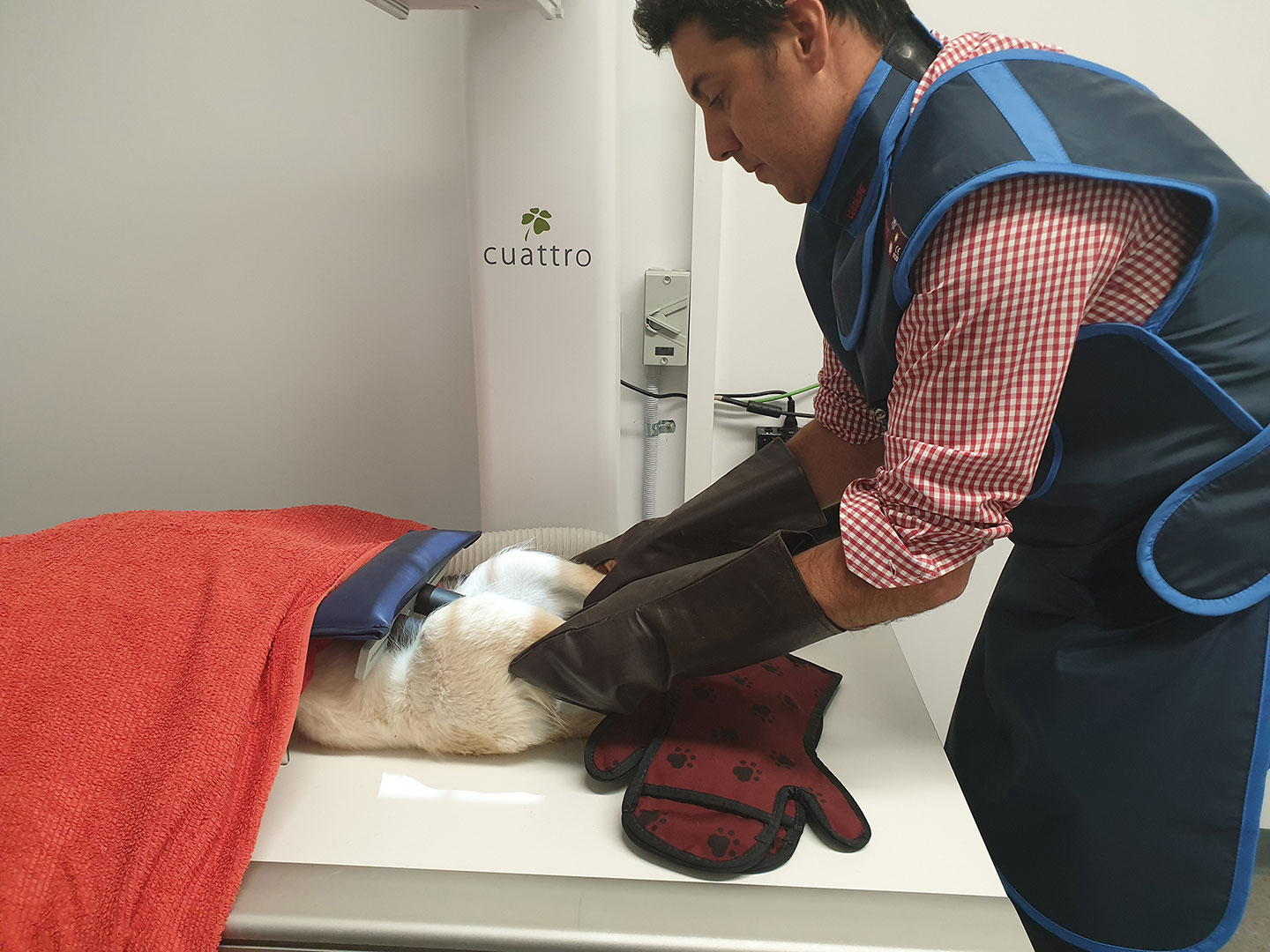
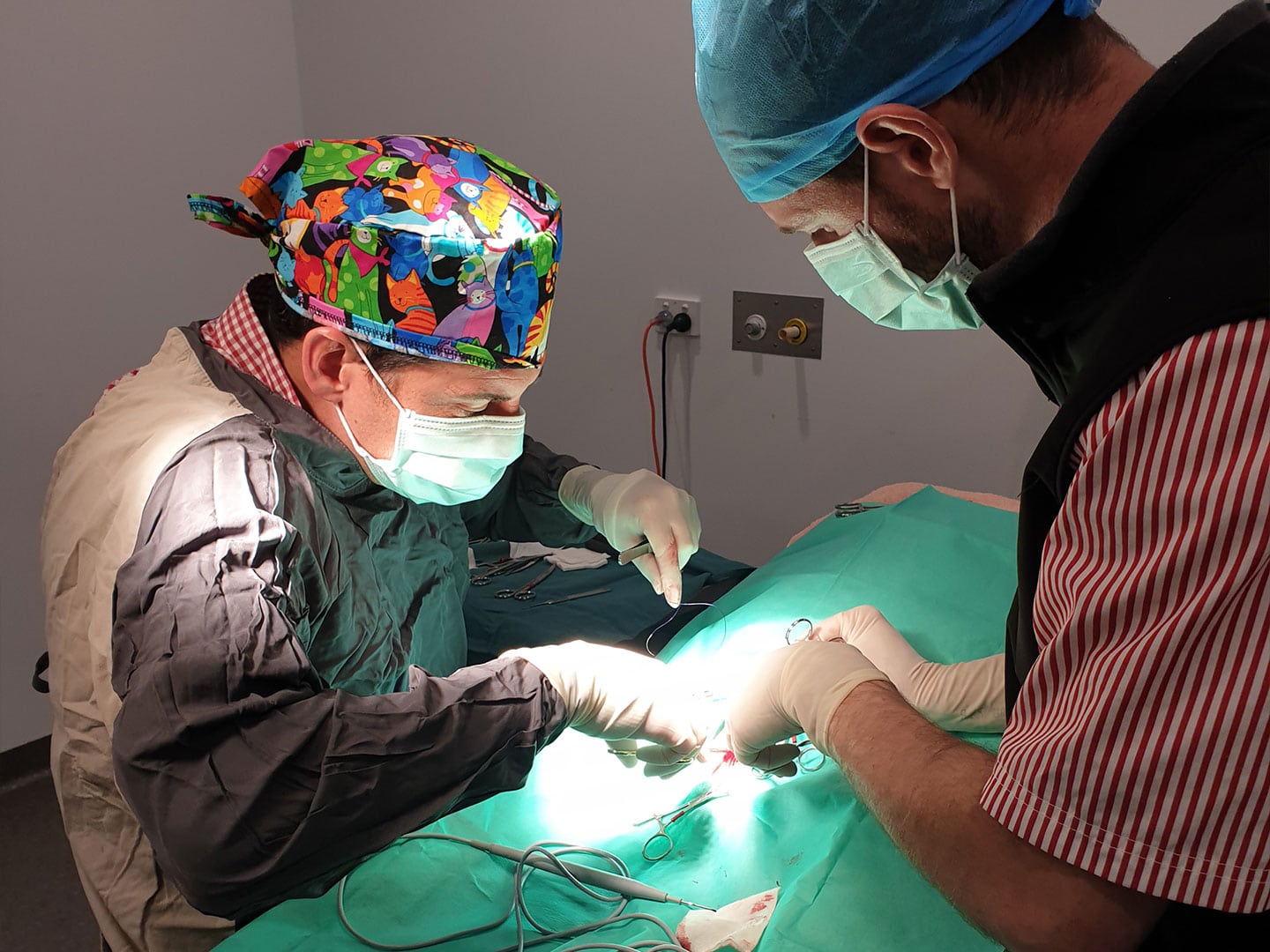
PennHIP for Breeding Dogs – With hip dysplasia and osteoarthritis in mind, some leading breeders are now using PennHIP x-rays to choose their breeding dogs wisely and minimise joint laxity and hip dysplasia in the litters they breed. Remember, less laxity of the hips means the development of less osteoarthritis and less pain! At 16 weeks suitability for breeding can be determined. Of course, other factors such as bodyweight, nutrition and muscle development are important too but good hips start with great genetics!
PennHIP for Puppies – Distraction x-rays taken between 16 and 20 weeks of age can assess your puppies’ hips. If your puppy doesn’t have hip dysplasia, you’ll have peace of mind knowing he isn’t at a high risk of suffering hip arthritis later in life. If your puppy’s hips are dysplastic JPS (Juvenile Pubic Symphysiodesis) surgery at this young age can dramatically reduce the likelihood that he develops osteoarthritis. A careful nutrition, weight management and exercise plan to develop hindlimb muscle strength are also very important for dogs predisposed to hip arthritis.
PennHIP for Adult Dogs With Hindlimb Pain, Hip Dysplasia or Osteoarthritis – At Illawarra Animal Hospital, we use PennHIp x-ray techniques to accurately assess the alignment of a dog’s hips and to identify early the development of osteoarthritis. This means we can institute the best treatment to minimise pain and get your dog happy with their hindlimbs moving again! Our advice can sometimes be around surgery, but is usually not when it comes to adult dogs with hip problems. The right nutrition, weight management, supplementation and medical intervention to control pain while individually designing rehabilitation programs which incorporate techniques such as laser, massage and nerve stimulation. The use of our underwater treadmill is key to building muscle strength using the buoyancy and resistance of the water.
SOFT TISSUE SURGERY
Soft tissue surgeries occur on the skin, inside the abdomen or chest and muscles. Surgeries include, but are not limited to:
Desexing — castration and spey
Lumpectomy — assessment of whether benign or malignant and treatment required
Cystotomy – bladder surgery to remove stones or masses
Hernia repair – umbilical, inguinal, perineal
Intestinal surgery — twisted or obstructed intestines (GDV)
Upper airway surgery – nostrils, palates and throat surgery
Splenectomy
All of these procedures are performed in conjunction with our digital x-ray, ultrasound, endoscopic and laparoscopic equipment and our in-house pathology services. Our veterinary team are committed to ensuring we have the skills, knowledge and equipment to provide the best surgical solutions for your pet.
SOFT TISSUE SURGERY
Soft tissue surgeries occur on the skin, inside the abdomen or chest and muscles. Surgeries include, but are not limited to:
Desexing — castration and spey
Lumpectomy — assessment of whether benign or malignant and treatment required
Cystotomy – bladder surgery to remove stones or masses
Hernia repair – umbilical, inguinal, perineal
Intestinal surgery — twisted or obstructed intestines (GDV)
Upper airway surgery – nostrils, palates and throat surgery
Splenectomy
All of these procedures are performed in conjunction with our digital x-ray, ultrasound, endoscopic and laparoscopic equipment and our in-house pathology services. Our veterinary team are committed to ensuring we have the skills, knowledge and equipment to provide the best surgical solutions for your pet.
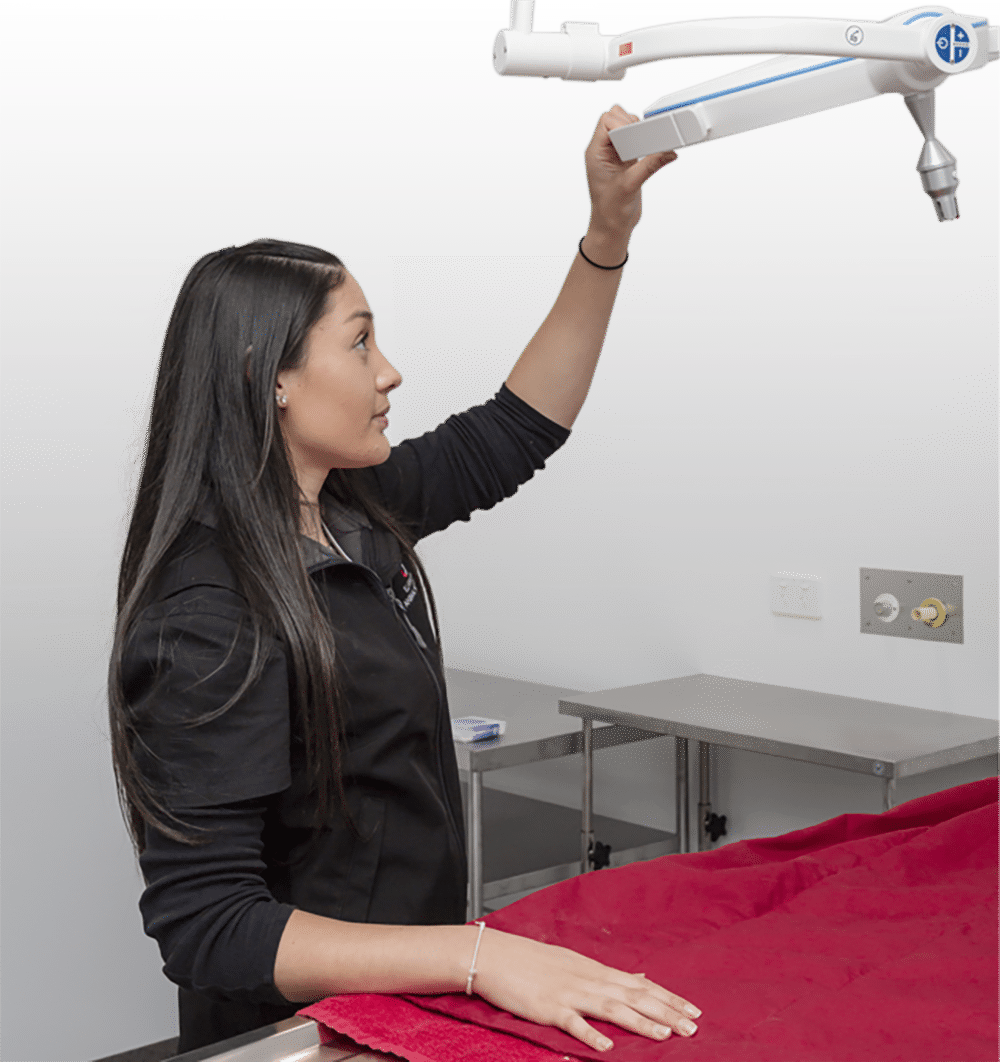
SOFT TISSUE SURGERY
Soft tissue surgeries occur on the skin, inside the abdomen or chest and muscles. Surgeries include, but are not limited to:
Desexing — castration and spey
Lumpectomy — assessment of whether benign or malignant and treatment required
Cystotomy – bladder surgery to remove stones or masses
Hernia repair – umbilical, inguinal, perineal
Intestinal surgery — twisted or obstructed intestines (GDV)
Upper airway surgery – nostrils, palates and throat surgery
Splenectomy
All of these procedures are performed in conjunction with our digital x-ray, ultrasound, endoscopic and laparoscopic equipment and our in-house pathology services. Our veterinary team are committed to ensuring we have the skills, knowledge and equipment to provide the best surgical solutions for your pet.

DOG & CAT DENTAL SURGERY
Dental disease is extremely common in both dogs and cats. Did you know by 3 years of age 80% of dogs and 70% of cats have some sign of periodontal disease. Periodontal disease starts when bacteria in the mouth form plaque that stick to the surface of the teeth. Minerals in the saliva harden the plaque into tartar, which is firmly attached to teeth.
Prevention can occur with tooth brushing, dental chews and even dental specific formulated diets are available for both dogs and cats. These diets help break down plaque and prevent it from accumulating therefore removing the common source of dental inflammation.
However, some animals will suffer from more severe periodontal disease and require dental surgery under anesthetic.
Scale and Polish – The scale and polish procedure entails the removal of plaque and tartar from the teeth. We do this using an ultrasonic scaler and polish all the teeth with animal appropriate toothpaste. This leaves all of the teeth sparkling clean. By doing this we are helping to combat gingivitis and tooth decay.
Extractions – Extractions are required when dental disease has progressed to inflamed gums, loose teeth or infection. These teeth need more than just a scale and polish and so are removed to alleviate pain and ensure health of surrounding teeth. Sometimes stitches are required.
Both procedures are performed with specialized dental equipment and dental xrays are often required.
DENTAL SURGERY
Dental disease is extremely common in both dogs and cats. Did you know by 3 years of age 80% of dogs and 70% of cats have some sign of periodontal disease. Periodontal disease starts when bacteria in the mouth form plaque that stick to the surface of the teeth. Minerals in the saliva harden the plaque into tartar, which is firmly attached to teeth.
Prevention can occur with tooth brushing, dental chews and even dental specific formulated diets are available for both dogs and cats. These diets help break down plaque and prevent it from accumulating therefore removing the common source of dental inflammation.
However, some animals will suffer from more severe periodontal disease and require dental surgery under anesthetic.
Scale and Polish – The scale and polish procedure entails the removal of plaque and tartar from the teeth. We do this using an ultrasonic scaler and polish all the teeth with animal appropriate toothpaste. This leaves all of the teeth sparkling clean. By doing this we are helping to combat gingivitis and tooth decay.
Extractions – Extractions are required when dental disease has progressed to inflamed gums, loose teeth or infection. These teeth need more than just a scale and polish and so are removed to alleviate pain and ensure health of surrounding teeth. Sometimes stitches are required.
Both procedures are performed with specialized dental equipment and dental xrays are often required.
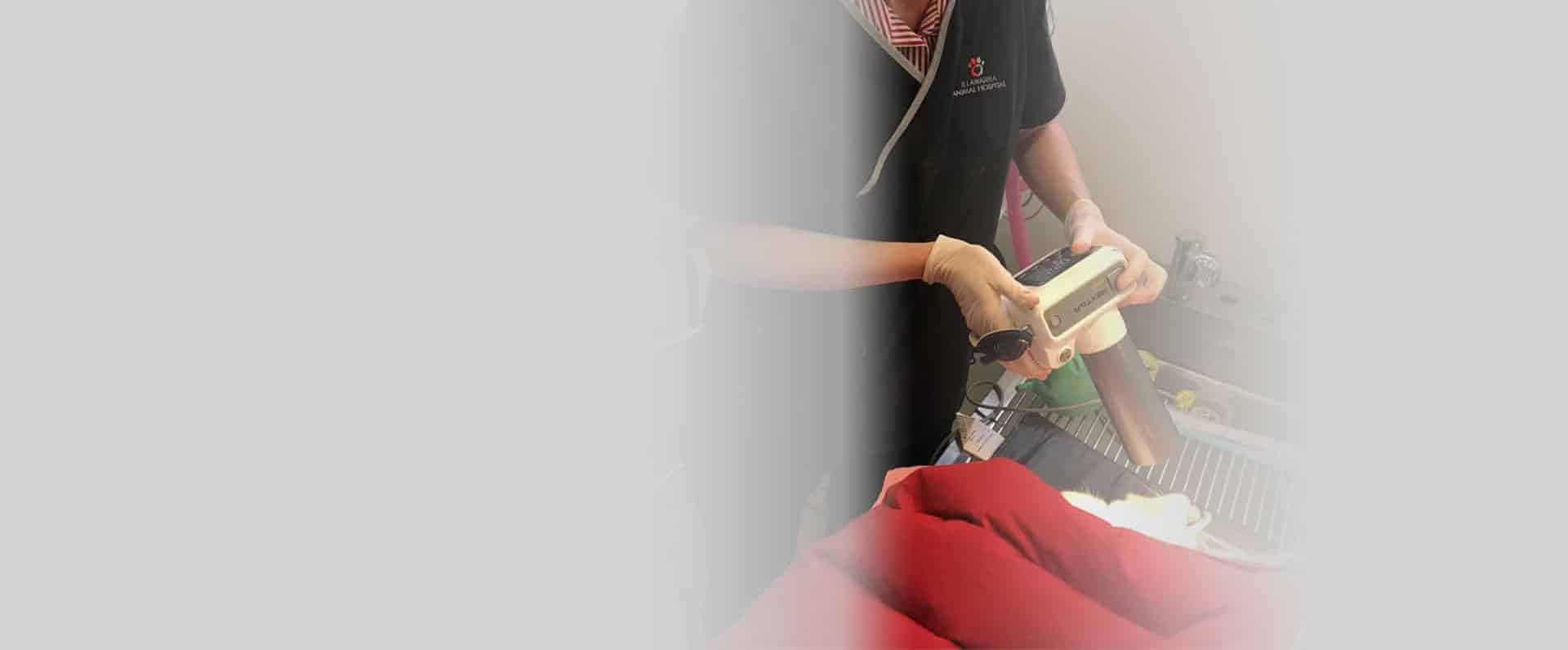
DENTAL SURGERY
Dental disease is extremely common in both dogs and cats. Did you know by 3 years of age 80% of dogs and 70% of cats have some sign of periodontal disease. Periodontal disease starts when bacteria in the mouth form plaque that stick to the surface of the teeth. Minerals in the saliva harden the plaque into tartar, which is firmly attached to teeth.
Prevention can occur with tooth brushing, dental chews and even dental specific formulated diets are available for both dogs and cats. These diets help break down plaque and prevent it from accumulating therefore removing the common source of dental inflammation.
However, some animals will suffer from more severe periodontal disease and require dental surgery under anesthetic.
Scale and Polish – The scale and polish procedure entails the removal of plaque and tartar from the teeth. We do this using an ultrasonic scaler and polish all the teeth with animal appropriate toothpaste. This leaves all of the teeth sparkling clean. By doing this we are helping to combat gingivitis and tooth decay.
Extractions – Extractions are required when dental disease has progressed to inflamed gums, loose teeth or infection. These teeth need more than just a scale and polish and so are removed to alleviate pain and ensure health of surrounding teeth. Sometimes stitches are required.
Both procedures are performed with specialized dental equipment and dental xrays are often required.
BRACHYCEPHALIC OBSTRUCTIVE AIRWAY SYNDROME (BOAS) & SURGERY
BOAS is a condition that is caused by structural problems in the face and mouth/throat of some dogs. Due to the shape of their head it is a condition commonly seen in “Squashed face” (brachycephalic) breeds such as English Bulldogs, French Bulldogs, Pugs and Pekingese. Other breeds such as Cavalier King Charles Spaniels and Staffordshire Bull Terriers are also more commonly affected by this condition.
Dogs are characterised by:
Very narrow nostrils
- A soft palate that is too long
- A narrow windpipe
- Excessive soft tissue in the back of their throat
Symptoms:
- Snoring
- Coughing
- Difficulty breathing
- Vomiting/regurgitating
- Inability to cope with exercise
- Collapse
Surgery:
Several causes of BOAS can be corrected with surgery; some procedures are very minor while others are a bit more significant. Dogs with this condition should have surgery as early as possible because the condition gets worse the longer it goes uncorrected.
Correcting narrow nostrils is a quick simple procedure that can be done at the same time the dog is desexed.
Correcting a soft palate that is too long is a bit more complicated but if it is done early by an experienced surgeon, it is a reasonably straightforward procedure for most dogs depending on age and current symptoms. Illawarra Animal Hospital offers 24 hour post-surgery care.
“Our girl has had all her shots with no problem. We had an emergency after she ate something and they told us to bring her straight in and looked after her as soon as we got there. When she got desexed, they were so good and even rang after a week to see how she was! What great customer service!”
Olivia Jayne via Facebook
“Last week Paul came to our house after we made the heartbreaking decision to say goodbye to one of our furry baby. Rocky went peacefully surrounded by his family. We couldn’t thank Paul enough for his generous time, very kind and caring manner. It made such a traumatic event that little bit easier.”
Gaelle Guerin-Graf via Facebook
“What an amazing team! The care and understanding we were given last week, while losing our cat Frankie, was unbelievable! We recently lost our beautiful dog Tash as well. Dr. Dan treated us with such care and respect.
Today we received a beautiful card. Can’t thank you all enough. XX”Julianne Patricia via Facebook
“The staff are kind, friendly, experienced and helpful. The hospital is clean, modern and extremely well-equipped.”
Kylie Mann via Facebook
“Awesome vet, generally very impressed. My pets love them. Always the best care. Can’t say I would take my pets anywhere else.”
Claire Louise Williams via Google
“Recently transferred my cat details to this vet. Took her in for her needle yesterday. The staff are AMAZING! They truly care about you and your furry family member. I would highly recommend them to anyone.”
Adam Jackson via Google
“Paul, Tegan and Laura are amazing people when it comes to looking after dogs and puppies. My recent experience was above and beyond the call of duty.”
Dianne Adnum via Google
“Excellent customer service and a very professional team. Impressive establishment and very clean. Highly recommend.”
Maureen Mazzaro via Google
GET IN TOUCH TODAY! WE ARE ALWAYS HERE TO HELP.




